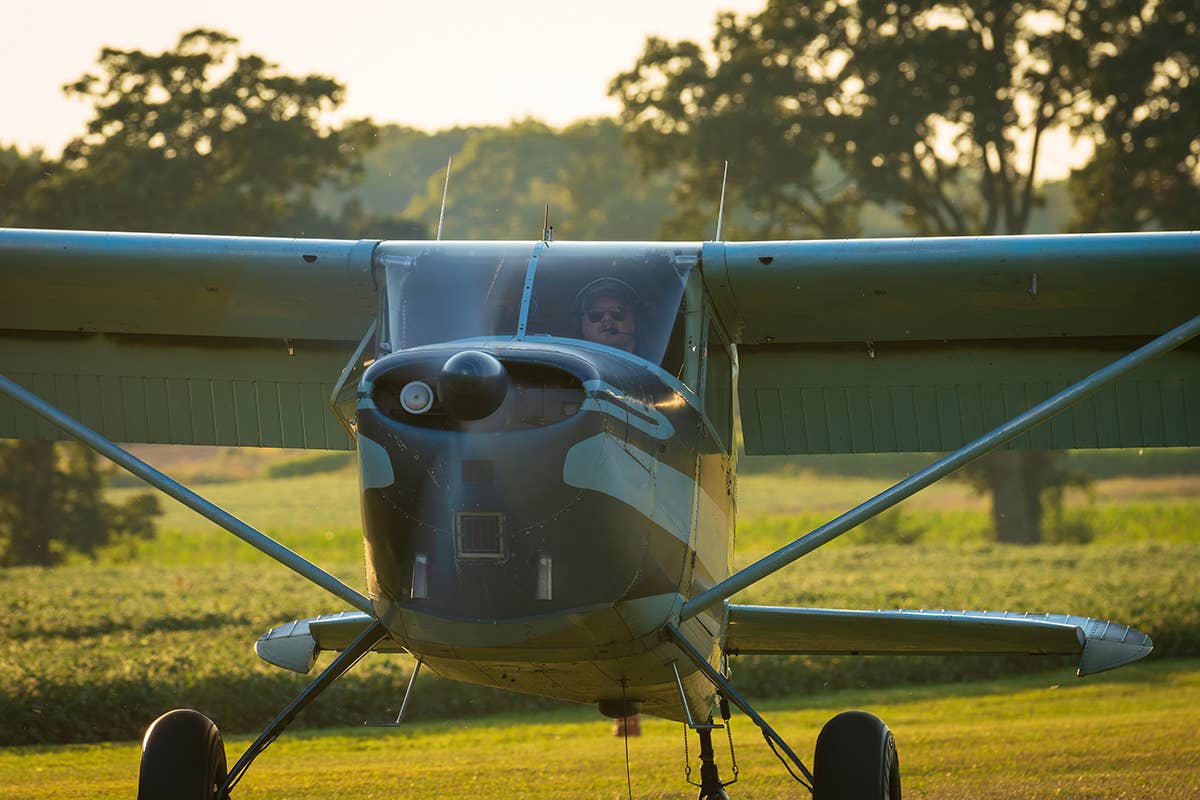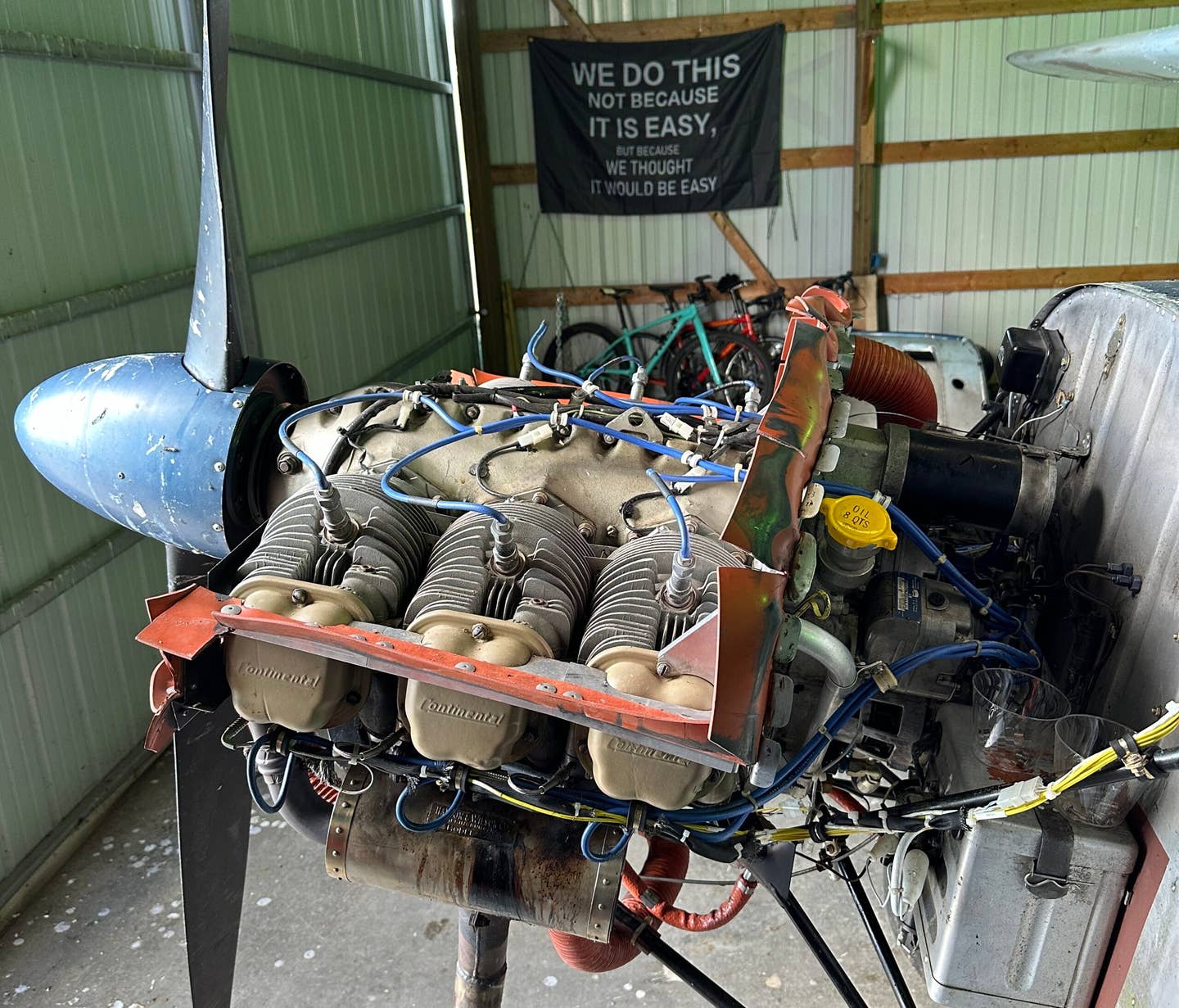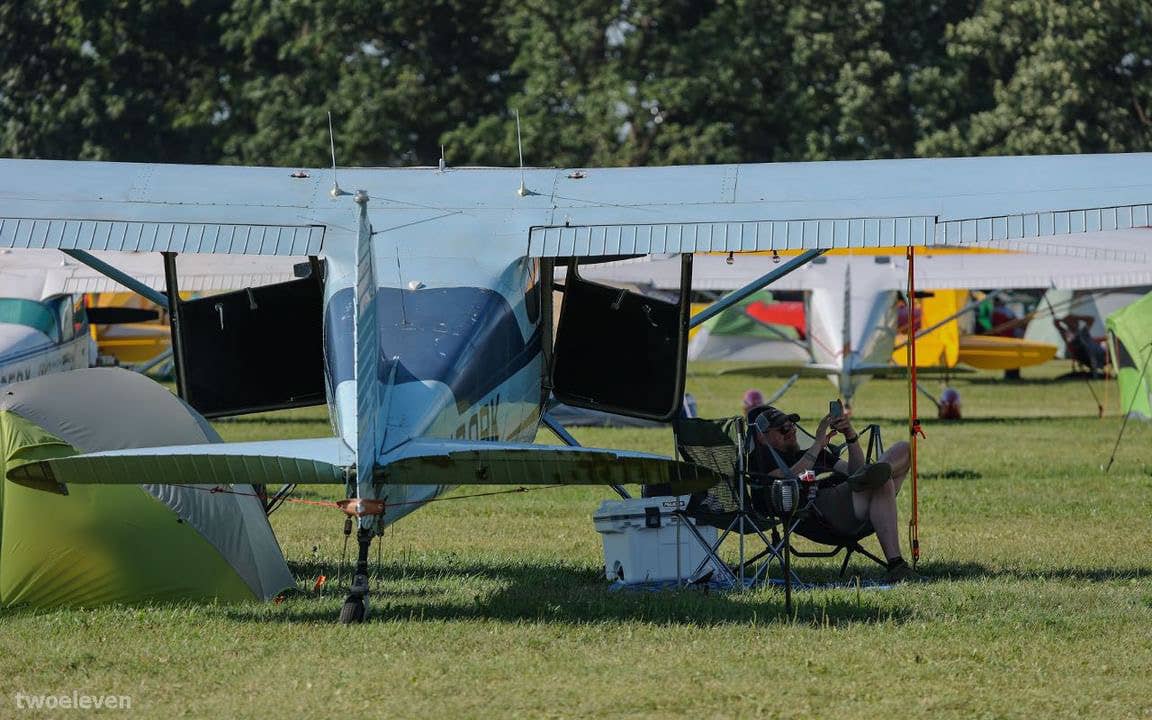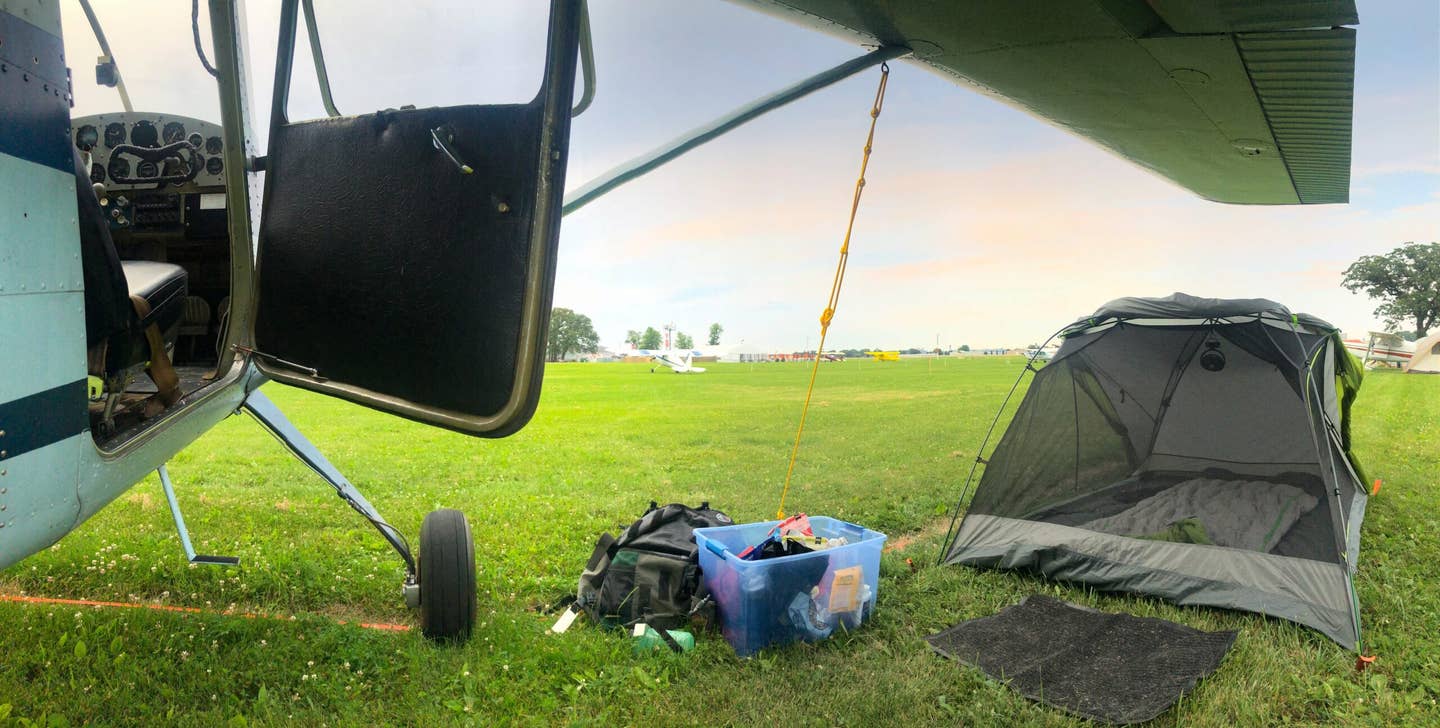Three Lessons Learned From a Year of Airplane Ownership
A new aircraft owner shares underappreciated and least-anticipated learnings.

A perfect summer evening at a grass strip in a taildragger—the culmination of years of saving, planning, and preparation. [Photo: Jim Stevenson]
This is the 52nd installment of The New Owner. A year has now passed since I acquired my airplane and started this column, and the only thing I find more amazing than the fact that I actually own an airplane is that I’ve somehow managed to meet my article deadline 52 times in a row.
The past year has been an eventful one. From wallet-crushing engine maintenance to memorable flights with good friends, the challenges have been many but the satisfaction great.
Looking back, I’ve learned many lessons, both large and small. Here, we’ll explore three underappreciated and least-anticipated lessons that emerged in my first year of ownership.
1. Aircraft Maintenance: It Requires Involvement and Curiosity
As a new owner, your drive to learn about and monitor the various systems onboard your aircraft should be as motivated and as enthusiastic as the intensity with which you follow your favorite sports team or partake in your favorite hobby. You needn’t be able to recite your propeller or engine serial numbers by memory, but you should have a general idea of roughly how much calendar and flight time have passed since they were last overhauled.
Similarly, you should have a rough idea of the condition of other components like your magnetos, brake discs, etc. An awareness of which items are coming up on the end of their lifespans will help to more quickly identify problems that crop up, and will also help you to plan for their replacement or overhaul.
In my case, I identified a handful of items that were beginning to wear out and began my research early. By the time my annual rolled around, I had done my due diligence and had selected and purchased specific replacement parts for my mechanic to install. This prevented me from having to wait an additional week or more to get my airplane back.
One common way to stay ahead of routine maintenance is to hang a dry-erase board in your hangar with the dates and/or hours listed for each upcoming inspection. Annual, oil change, ELT inspection, GPS data card, pitot-static check, etc. Not only does this help to ensure you never miss a service or inspection, it also helps to keep you engaged and thinking about your systems and their condition.
Similarly, having an idea of which items might need replacement helps with budgeting and cash flow. Equipped with this knowledge, I made sure to save a bit more money every month leading up to my annual to lessen the impact of the final bill. Every little bit helps.
It’s entirely acceptable to own an airplane and take a completely hands-off approach to maintenance. Not all of us have the time or ability to perform basic maintenance or assist in annual inspections. But even if you never turn a wrench, involvement is key, even if it only means monitoring your aircraft systems and staying engaged with your mechanic. The knowledge and familiarity with your airplane and its systems will make you a safer pilot.
2. Don’t Underestimate the Importance of a Good Hangar
Prior to owning an airplane, I thought I knew everything there was to know about hangars. You contact your preferred airport, you request a hangar, and a short time later, you’ve got a place to put your airplane. Problem solved.
In reality, there are many nuances to consider, and not all of them are obvious. Depending on your location, demand for hangars can be fierce. So fierce that people spend several years waiting for their number to come up. Had I known then what I know now, I’d have gotten on my desired airport’s hangar waiting list two or three years ago, and I’d potentially have a hangar there today.
Location is critical. The closer your hangar is to your residence, the more convenient it is to pop on down to the airplane for an impromptu flight. A conveniently located hangar will help you to fly more often. Conversely, the farther away you live from your airplane, the more likely you’ll find a reason to blow off a flight.
I learned the hard way how important it is to have a fully enclosed hangar. Aside from the obvious protection from wind, dust, snow, ice, and the rest of the harsh elements, a fully enclosed hangar with snug-fitting doors also keeps the majority of wildlife away from your beloved airplane. Gone are the worries about showing up for a flight and finding nests and droppings adorning your pride and joy.
A good, well-sealed hangar will have a concrete floor as opposed to dirt or gravel. This helps to keep moisture out of your airplane, keeping corrosion at bay. It also makes it easier to roll your airplane into and out of the hangar.
Those of us living in northern climates have additional considerations. A hangar door with southern exposure will be less likely to become blocked by snow and ice. A good power outlet gives you a place to plug in your engine heater, and Wi-Fi is a luxury that enables you to turn such heaters on from your phone a few hours before your flight.
When sub-zero temperatures aren’t a concern, a good hangar setup can create a clubhouse of sorts—a hangout away from home. With some additions like party lights, an old couch, a mini fridge, and Boston’s Greatest Hits filling the air, your hangar becomes a general aviation version of Cheers, a place for sharing post-flight beverages and some good laughs.
When I began shopping for an airplane, a hangar was an afterthought, something to be arranged when a purchase was imminent. Over the past year, I’ve come to realize just how fundamental a good hangar is to being able to enjoy your airplane.
3. Engage With Your Local Flying Community
Like a good hangar, a vibrant and active local flying community is something I didn’t think much about until after purchasing my airplane. I figured I’d simply come and go on solo flights and maybe bring an occasional friend with whom to share the experience. It wasn’t that I was opposed to interacting with other owners at the airport, I simply didn’t think about it much.
As it turns out, I happen to live among a pretty amazing general aviation community. From the time I damaged my engine and needed cylinders, to my need for assistance with breaking them in, the generosity of my fellow aircraft owners has been staggering. When they hear of another owner in need of assistance, they sound the proverbial horn and the group comes out of the woodwork to lend a hand and save the day.
The key is to always jump at the chance to return the favor, and perpetuate the goodwill. The second I learned that a hangar neighbor was in need of being shuttled to and from his airplane as he dropped it off for its annual inspection 50 miles away, I assured him that whether in my airplane or my Volkswagen, I’d ensure he would get to and from his airplane as needed. As relieving as it is to find help when you need it, it’s even more rewarding to be that help when the time comes.
A great local group of owners is there for the fun times as well as the challenging ones. Over the past several months, I’ve met up with several great people for spur-of-the-moment mini adventures. Nothing livens up a Friday evening like a text proposing a meetup at an airport diner the following morning.
I’ve also had a great time joining friends on short flights to nearby airports to learn the lay of the land. Maybe it’s learning about a certain grass runway’s unusual quirk. Maybe it’s understanding how certain winds can create specific mechanical turbulence at an unfamiliar airport. In any case, the learning is beneficial and far more enjoyable when shown and demonstrated by others.
Not every area is like this. Like many other communities, cultures vary, and jerks abound. I got lucky and fell into a great local flying community, but now I understand how important and enjoyable it is to seek out good people and engage with them early on.
Checking My Six
Looking back at the past year, there have been some fantastic highs and some miserable lows. With any luck, the steepest part of the learning curve and most tumultuous times are behind me. But regardless of what the future holds, I’ll remind myself that, if my biggest problem is related to aircraft ownership, well, that’s a good problem to have and I’m fortunate to be in a position to experience it.
Thanks so much for coming along on this journey with me as I experience what it’s like to be a new owner.

Subscribe to Our Newsletter
Get the latest FLYING stories delivered directly to your inbox






